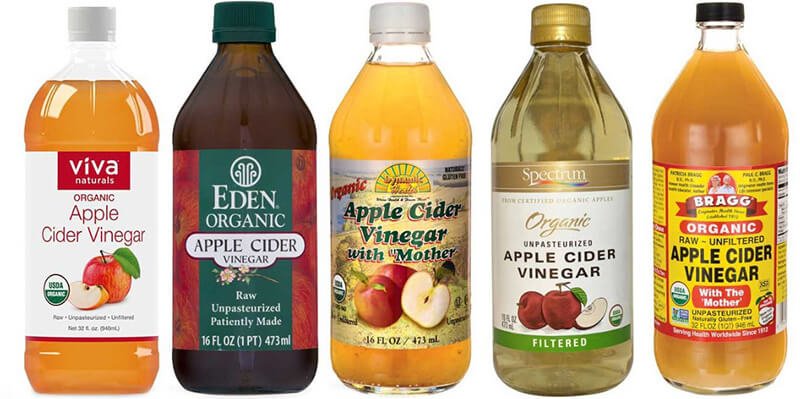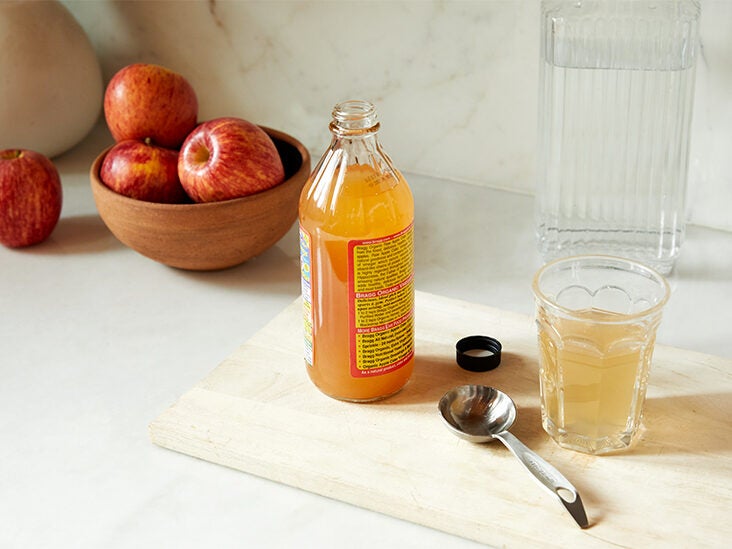
After 7 days, however, bacterial growth was higher with the apple cider vinegar combination than with sodium hypochlorite alone.

faecalis counts ( P<0.05) immediately after a root canal extraction. The combination of apple cider vinegar with sodium hypochlorite had similar efficacy to the other solutions and significantly reduced E.
#APPLE CIDER VINEGAR USES PLUS#
Irrigating solutions included sodium hypochlorite 2.5% solution alone sodium hypochlorite 2.5% plus citric acid 10% sodium hypochlorite 2.5% plus apple cider vinegar apple cider vinegar alone chlorhexidine 2% or peracetic acid 1%. Budak 2011 Uses and PharmacologyĪn ex vivo study evaluated the antibacterial effects of irrigating solutions and their combinations on 110 single-rooted human teeth inoculated with Enterococcus faecalis. Gallic acid, catechin, epicatechin, caffeic acid, and p-coumaric acid are present in low levels. Chlorogenic acid is the dominant phenolic substance, with higher levels produced by maceration plus surface bioconversion methods compared to submersion methods. Various maceration and production methods have been shown to significantly affect the chemical composition, total antioxidant activity, acidity, and phenolic content of apple cider vinegar. Yagnik 2018Īpple polyphenols are mainly polyphenolic acid derivatives and other flavonoids. Stornik 2016, Yagnik 2018 Organic acids, flavonoids, polyphenols, vitamins, and minerals are the main constituents. The relatively low acidity (approximately 5% acetic acid) is mostly dependent on the sugar levels in the apples. Studies show that microbiota diversity is higher in vinegars made from organic versus conventionally grown apples. For vinegars, such as apple cider vinegar, that are less than 6% acetic acid, the predominant microbiota are Acetobacter aceti, Acetobacter pasteurianus, and/or Acetobacter pomorum. Yagnik 2018 In natural processes, the native microbes present on the fruit spontaneously carry out the process of converting the apple cider into vinegar. Stornik 2016 ChemistryĪpple cider vinegar is produced from cider (the fermented apple juice) that has undergone bioconversion to vinegar following conversion of ethyl alcohol to acetic acid by microbes, usually Acetobacter. Gopal 2017 Bioconversion of apple cider into vinegar is achieved by both natural and industrial processes a key factor in bioconversion is the microbes used to convert the ethanol into acetic acid. Naziroglu 2014, Yagnik 2018 It was also used as a disinfectant for wounds during the American Civil War. Use of the combination of apple cider vinegar and honey as an anti-infective remedy was documented in the Old Testament and by Hippocrates. Vinegar has been sold commercially for more than 5,000 years. Stornik 2016 Apple cider vinegar has been used commonly in food preparation and preservation, including in salad dressings, marinades, vinaigrettes, food preservatives, and chutneys. The fruit juice from apples has been consumed fresh, distilled into apple brandy, or fermented as cider, which can be subsequently bioconverted to apple cider vinegar. The juice from the fermented fruit, known as cider, is used to make apple cider vinegar.

The fruit is termed a "pome." Lewis 2004 The cultivated apple is thought to have originated in central Asia from the wild species Malus sieversii (Ledeb.) M. About 2,500 known varieties (cultivars) of apples are grown in the United States, with more than 7,500 varieties grown worldwide.

Scientific FamilyĪpples are grown in temperate climates throughout the world and are widely available in commercial markets. Hypokalemia and osteoporosis were observed in a young woman consuming excessive amounts (250 mL/day) for several years.
/USED_apple-cider-vinegar-for-hair-1778-46cc1fa5d7484f5982d5d348d9257494.jpg)
InteractionsĬases of dermal chemical burns as a result of topical application of apple cider vinegar home remedies for moles and warts have been reported, particularly when occlusive dressings have been applied. Avoid amounts greater than those found in food because safety is unproven. Pregnancy/LactationĪpple cider vinegar is "generally recognized as safe" (GRAS) when used as food. Misbranding and extreme variability among commercially available products in terms of content and dosing recommendations have been reported. Clinical Overview UseĬlinical data are limited and results are equivocal for common claims related to apple cider vinegar use for management of glucose and lipid disorders.


 0 kommentar(er)
0 kommentar(er)
